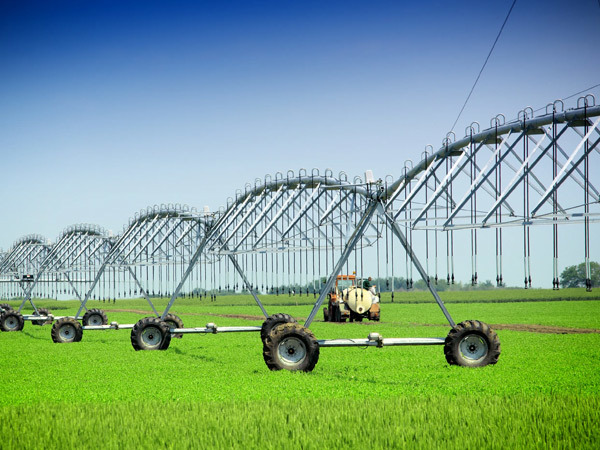Core Principle of Double-wheel Translation Sprinkler
Release time:
Jun 12,2025
The double-wheel translation sprinkler is a kind of equipment commonly used for large-scale farmland irrigation. Its core principle revolves around "translation motion control" and "uniform spraying". It combines mechanical transmission, hydraulic system and automatic control to achieve efficient and water-saving irrigation operations. The following is a detailed analysis from the two aspects of structural composition and working principle:
The double-wheel translation sprinkler is a kind of equipment commonly used for large-scale farmland irrigation. Its core principle revolves around "translation motion control" and "uniform spraying". It combines mechanical transmission, hydraulic system and automatic control to achieve efficient and water-saving irrigation operations. The following is a detailed analysis from the two aspects of structural composition and working principle:
1. Core structural composition
Travel system
Dual-wheel drive device: usually composed of two symmetrically distributed drive wheels (rubber wheels or steel wheels), powered by motors, hydraulic motors or diesel engines.
Transmission mechanism: gear, chain or belt transmission, which transmits power to the drive wheel to control the travel speed.
Guide device: Some equipment is equipped with guide rails, ground wheel guides or GPS positioning systems to ensure the linearity of the translation path.
Spraying system
Nozzles and pipes: branch pipes and sprinklers distributed along the main beam of the sprinkler. The sprinkler types include rotary and refractive types. The spray radius and atomization effect are adjusted according to irrigation needs.
Water pump and pressure system: connect to water source (such as reservoir, well), pressurize water through water pump, make water flow through pipe to nozzle, form uniform spray.
Control system
Automation control unit: set parameters such as walking speed, spraying time, irrigation amount, etc. Some equipment integrates sensors (soil moisture, rainfall sensor) to realize intelligent control.
Synchronous drive module: ensure the same speed of both wheels to avoid deviation of equipment, which is common in electric drive equipment.
Water source connection and hose system
Water hose: connect fixed water source and sprinkler, automatically retract and release with the movement of equipment through reel device to prevent hose entanglement.
2. Core working principle
(I) Translational motion principle
Drive and synchronization mechanism
The two wheels are driven by the same power source (such as the motor connecting the two wheels through the transmission shaft), and the linear speed of the two wheels is ensured to be consistent through mechanical synchronization or electronic control system (such as encoder feedback speed) to achieve linear translation.
Example: If the left wheel speed is higher than the right wheel, the equipment will shift to the right, so synchronous control is the key to translation accuracy.
Guidance and path control
Mechanical guidance: rolling along the preset guide rails through the ground wheels, or using the guide wheels at both ends of the main beam to move along the edge of the ridge.
Intelligent guidance: Modern equipment is equipped with GPS positioning to correct the walking trajectory in real time, which is suitable for farmland without fixed guide rails.
(II) Spraying and irrigation principles
Hydraulic system workflow
Water source access: The water pump draws water from the water source, transports it to the branch pipe of the main beam of the sprinkler through the main pipeline, and sprays it through the nozzle.
Pressure and flow control: The water pump power is adjusted according to the irrigation area and the number of nozzles to ensure stable water pressure (usually 0.3-0.5MPa) to avoid uneven spraying due to pressure fluctuations.
Nozzle operation logic
The nozzle sprays water at a certain angle (such as 360° rotation or fan-shaped spraying), and the coverage radius is generally 5-15 meters. The spraying areas of adjacent nozzles overlap by 10%-20% to ensure that there are no blind areas for irrigation.
Example: When the sprinkler moves horizontally at a speed of 0.5km/h, the sprinkler flow rate needs to match the travel speed so that the water volume per unit area reaches the set standard (such as 15mm/time).
Learn more about industry dynamics
PRODUCT CENTER
CONTACT US
Address: 2-1-2301, Phoenix International Plaza, High-tech Zone, Jinan City, Shandong Province
Quality of service to win customer satisfaction


Shandong Yihe Agricultural Technology Co., Ltd.




